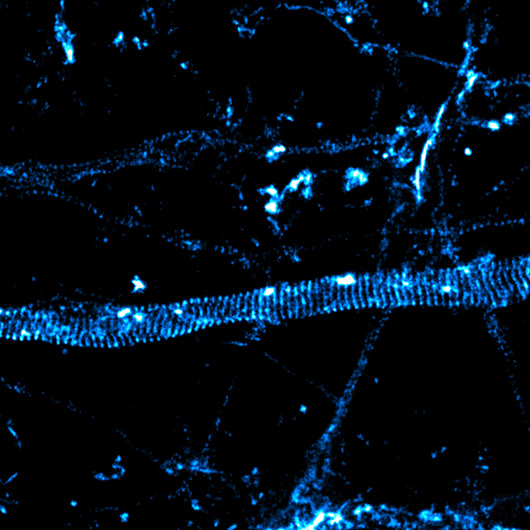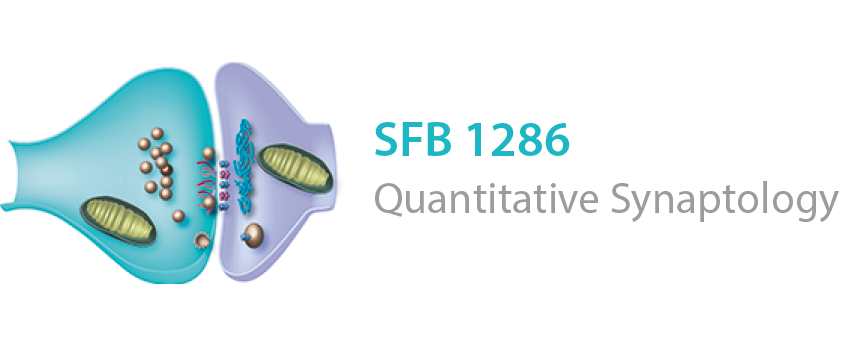Dienstag, 12. September 2017, 13:00 Uhr

UNCOVERING MOLECULAR AND PHYSIOLOGICAL FUNCTIONS OF CIRCRNAS
Center for Biostructural Imaging of Neurodegeneration (BIN)
Von-Siebold-Straße 3a, 37075 Göttingen
Prof. Sebastian Kadener
Brandeis University, Waltham, Massachusetts
The Hebrew University of Jerusalem

Circular RNAs (circRNAs) are highly abundant RNAs produced by circularization of specific exons. Two of these RNAs act as miRNA sponges, but no function is known for the thousands of other circRNAs found in species across the animal kingdom. CircRNAs expression levels are not correlated with the expression of their linear isoforms, indicating a potentially widespread layer of previously unknown gene regulation. Further, our work and that of others has suggested functions of these molecules in vivo. For example, we showed that circRNA biogenesis competes with canonical splicing, showing that circRNAs can function in cis as “RNA traps”. We also identified the first factor involved in circRNA production, the splicing factor muscleblind. Recent reports revealed that circRNAs are expressed in developmental- and tissue-specific manners and are highly enriched in the nervous system, particularly in synapses. Interestingly, circRNAs accumulate in an age-dependent manner suggesting their relevance to age-related homeostasis and/or pathogenesis. Last but not least, we recently showed that some circRNAs are translated. We showed that their translation is mediated by IRES-like sequences, is enhanced in response to starvation and happens in association with membranes and in synapses.
Now the stage is set for the most exciting questions, which we are currently working in the lab, by combining molecular, computational and RNA biology with advances techniques in genetics and neurosciences. These questions are:
- What are the functions of circRNAs in vivo?
- How do circRNAs work at the molecular level?
- What are the key functions of these molecules in the brain and during aging?
- How do circRNAs evolve?
- Are circRNAs involved in neurodevelopmental and neurodegenerative diseases?
